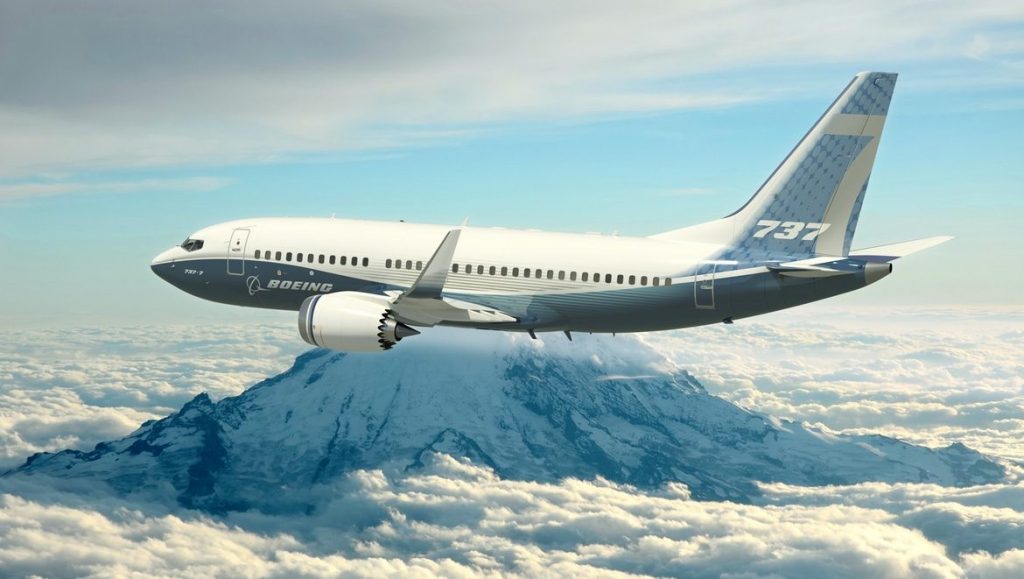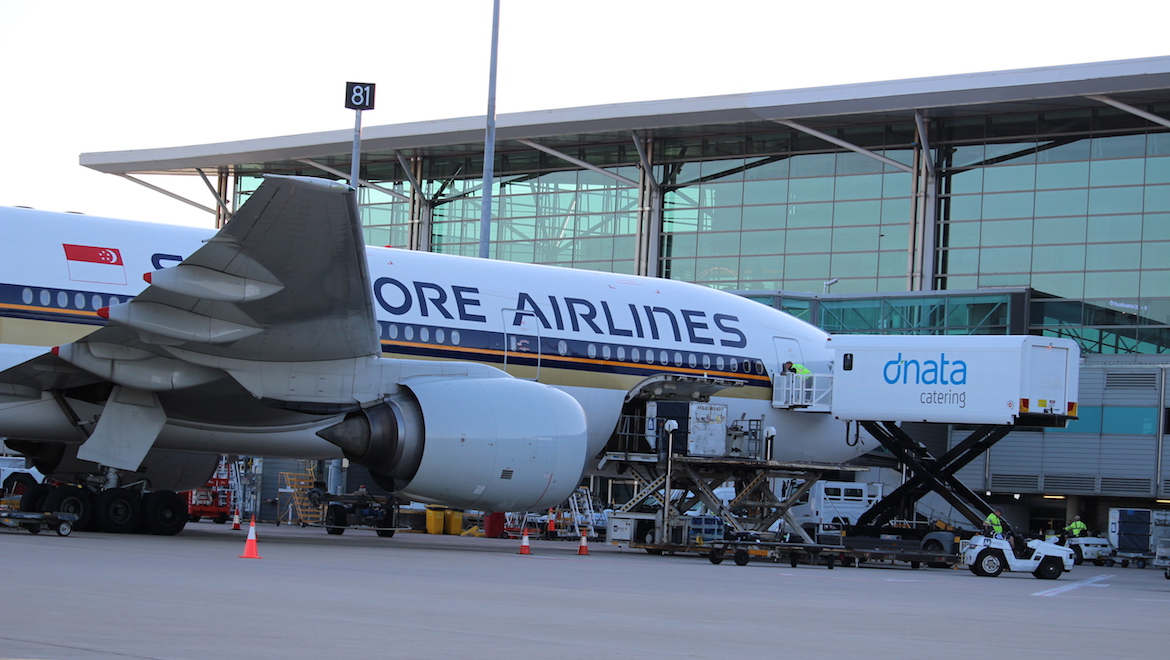
In recent weeks, the embattled Boeing 737 MAX has made great progress towards its recertification. This week, comments are due on the FAA’s proposed safety and procedural changes to the aircraft.
NTSB endorses current proposed changes
US air crash investigation unit, the National Transportation Safety Board, has backed the proposed safety changes put forward by Boeing and the Federal Aviation Administration (FAA).
NTSB chairman Robert Sumwalt said in a letter that the current proposed procedural changes for pilots of the new 737 MAX were “generally consistent” with those proposed by the NTSB following the fatal crashes of two MAX aircraft that killed 346 people throughout 2018 and 2019.
Further, the letter stated that the safety changes and upgrades made onboard the aircraft to date represented “positive progress” towards also meeting its past safety recommendations.
The endorsement letter serves as a significant milestone towards getting the beleaguered aircraft back in the sky, as the NTSB serves as an independent agency and has previously been highly critical of the FAA’s oversight of the MAX.
Investigators from the NTSB were involved in probes of both fatal crashes at the time, which resulted in the worldwide grounding of the plane in March 2019.
The letter was submitted as part of the 45-day comment period for the proposed 737 MAX design, operating and procedural changes, as specified by the FAA last month.
The FAA will reportedly review all comments filed on the matter before making the final call on whether to formally approve the changes, and ultimately lifting the global grounding order.
It is currently believed that the grounding ban could be lifted before the end of the year, with planes returning to service by early next year.
Victims’ families call for aerodynamic overhaul
In a separate comment filing under the 737 MAX’s proposed changes, the families of some of the victims in the two crashes urged for additional oversight into the aerodynamics of the aircraft.
According to the families, the current proposed changes to the aircraft and operating procedures “fail to address the root cause of the problem: the 737 MAX’s inherent aerodynamic instability”.
They argued that current proposed changes to the 737 MAX’s key software system, the MCAS, currently does not address the jet’s underlying aerodynamic problem, introduces greater complexity, and may create additional failure modes.
Notably, the MAX’s unique Manoeuvring Characteristics Augmentation System – or MCAS – has been directly linked to both fatal crashes.
Due to the fact that the MAX’s engines are larger than its predecessor, this caused the plane to pitch its nose upwards. The MCAS was designed to counter this tendency and pitch the nose back down.
The system was programmed to read data from only a single sensor, which, if faulty, would result in the plane sending itself towards the ground, as pilots desperately tried to override the system, to no avail.
Within their filing, the families of the crash victims called for a complete aerodynamic evaluation of the 737 MAX to address this ‘pitch-up’ tendency, as well as calling for a simplified crew alert system, so pilots would not be overwhelmed by multiple warning systems.
The FAA has included new safeguards to the MCAS as a part of the proposed changes to the aircraft, including ensuring it is reading data from two AOA sensors.
However, the families have called for a third active AOA sensor, as well as accompanying software to detect sensor failures, to be included in the new design.
Boeing whistleblower joins in call for further protections
Meanwhile, a whistleblower from within Boeing has also filed comment, to urge regulators to introduce additional protections prior to the un-grounding of the 737 MAX.
Curtis Ewbank, a Boeing engineer, has previously raised concerns about the design of the aircraft with congressional investigators, and has now said the proposed changes to the aircraft fail to address a number of hazards in the plane.
“Clearly more actions are required to revise FAA processes so that it accurately assesses airplane design and regulates in the public interest,” Ewbank said in his comment.
The Boeing engineer said that FAA and Boeing should be introducing more protections to eliminate the occurrence of faulty readings from the AOA sensor, and improve the aircraft’s warning systems for aircrew. Ewbank also argued that the FAA should do a broader review of how pilots react to emergency situations, and a more thorough redesign of the MCAS.
The FAA has received more than 160 comments on the matter, and will review each before continuing the recertification process.












Andrew
says:Will the board and senior management all do flights with their families when they announce that the plane is safe for flight?